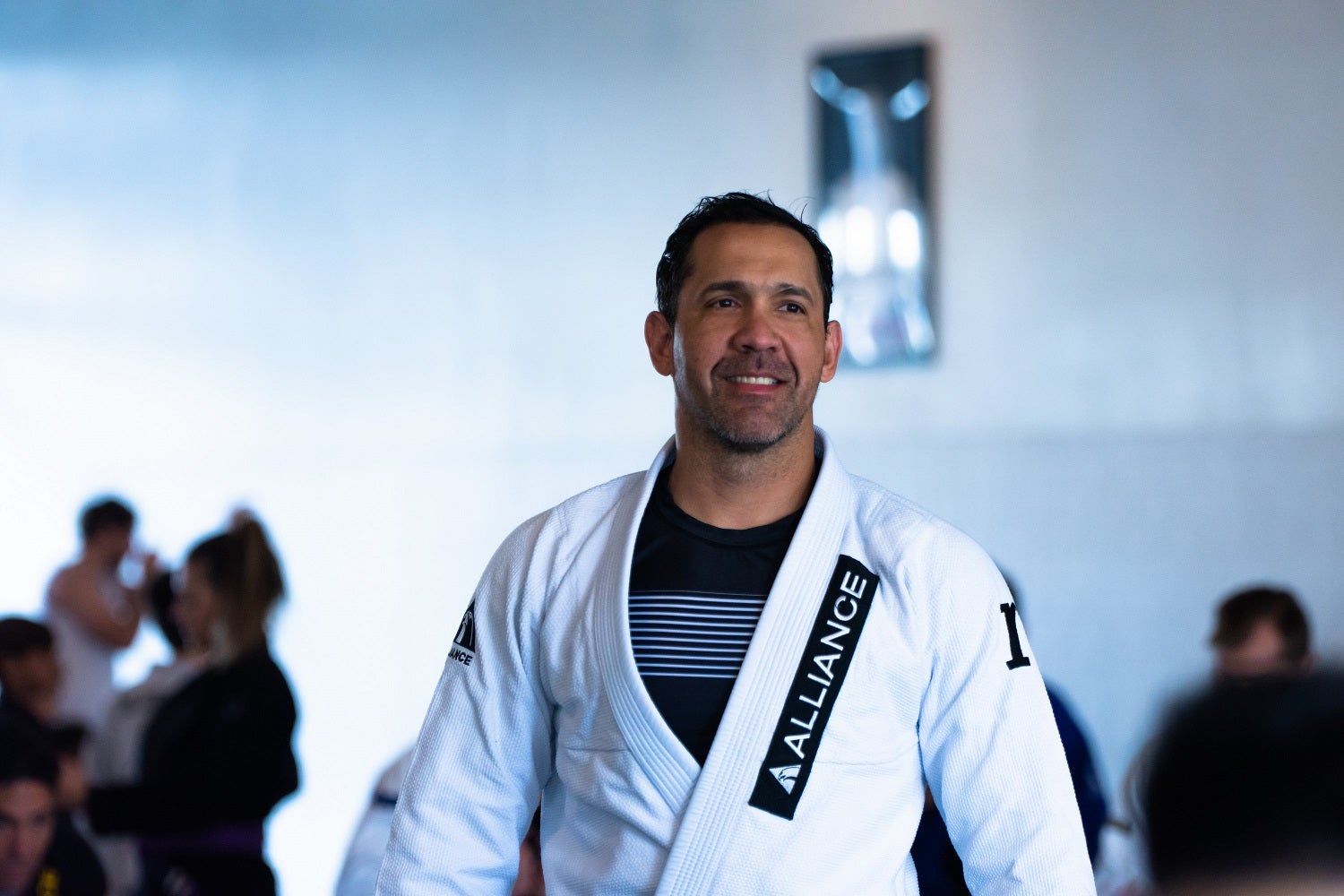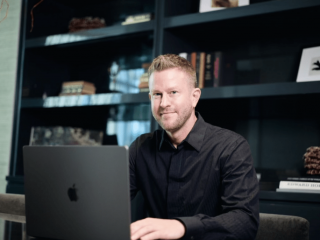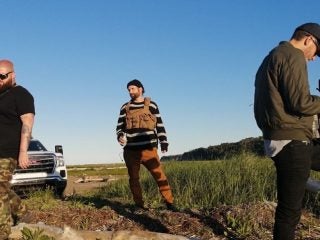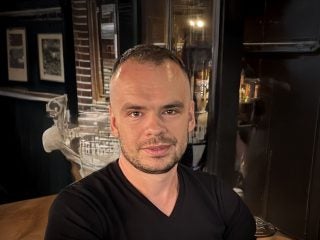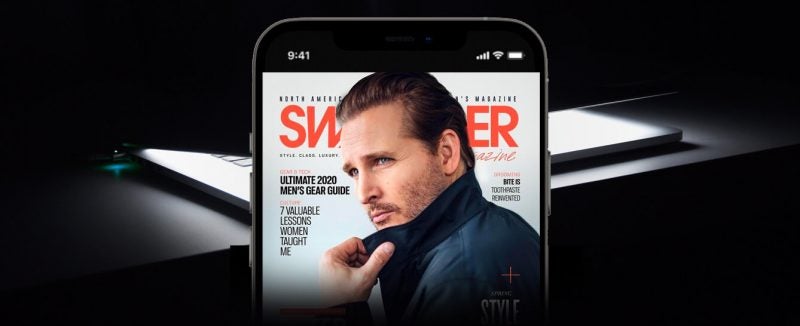When you ask Bobby Armijo what stands out about him, he’ll tell you, “Not much.” We disagree.
He’s won big and he’s lost bigger than most people have in their wildest nightmares. Now, at age 43, he’s the founder and co-owner of Baja Fulfillment, which he grew to an 8-figure revenue company after only four years in business and with no prior experience in logistics. He earned a black belt in jiu-jitsu at age 40 and is part owner in Alliance Jiu-Jitsu Association, an international organization promoting the highest standards of teaching. He’s had ups and downs and financially was at one point a millionaire and seemingly lost it all more than once. It may sound like he’s had nine lives, but Bobby Armijo is just getting started. What does he most want you to know about him? It’s not what you might think.
Interviewer: Bobby, you’re currently standing in a pretty enviable position. You’ve grown one of your companies, Baja Fulfillment, to revenue of eight figures in under four years. You own jiu-jitsu academies in 3 different cities, and are part owner of the most successful competition jiu-jitsu team in Alliance Jiu Jitsu Association. You have a black belt in jiu-jitsu after beginning your practice at age 32. Tell us about the early experiences in life that set you on this path to success.
Bobby Armijo: My path to my current success was less than straight, let’s put it that way. I dropped out of college pretty early on. I then declared bankruptcy at the ripe old age of 23 with well over $50k in debt. My car had just been repossessed 30 days before (part of that debt I just mentioned). And because of that, my credit was certainly not in a good place either. Not exactly an inspiring story to start, right?
INT: Wow. What led to this series of events?
BA: I thought as a young man that working in the financial world as a registered rep would be a fast-track to success. But, for starters, I failed the series 6 exam, which allows you to sell/offer mutual funds, variable annuities, etc., three different times. There was a rule that if you failed 3 times, you had to wait six months to take it a fourth. After those 6 months, I finally passed the test. I thought being financially successful was going to be imminent, and in all reality what it actually did was drive me deeper in debt when I realized no one wanted to invest in mutual funds and annuities with a 22, 23 year old kid. Sure, things improved a little and some people almost felt bad for me and would put away $100 bucks a month–just out of pity it seemed. But it was not the career, at that point in life, that I thought would lead me to “success.”
INT: Not the outcome you were hoping for, clearly. How did you come back after the bankruptcy?
BA: I literally did not know how, why, where I would be able to ever possibly climb out of that mess. I couldn’t even get a bank account after declaring bankruptcy, so I had to cash my small early morning construction job checks at random liquor stores and sometimes cash them at those check cashing places that take a percentage of your check. Midday, I would then put on a suit and try to set meetings with people to try to help them put money away for retirement. I could barely put gas in my car, and I’m giving financial advice?! It wasn’t necessarily wrong to give advice or give education, even though I had none of my own money. You can certainly know what people should do or can give examples or options to others whether or not you personally can follow through. But, naturally, people would look at me and think: Why would I listen to you about money? You don’t have any of your own! Needless to say, I struggled in sales, A LOT. And I struggled for a LONG time. After I took the suit off, at night from about 5-9pm, I would deliver pizza and Italian food for a local neighborhood restaurant for tips plus minimum hourly wage. And then, at night—LATE NIGHT— I would drive 1.5 hours to Long Beach from San Diego 3 days a week to work in the bathrooms at clubs and bars as a bathroom attendant giving out towels and mints and gum. You know the old guys you see in bathrooms with cologne and cigarettes on the countertops? Yeah, that was me in my twenties.
INT: How did you find the motivation to keep going?
BA: To be honest, I don’t know what kept me going at that stage. I just knew I couldn’t stop. Stopping was simply not an option, even though it felt like I was running in quicksand. I vowed I would just keep trying. I told myself time was going to pass anyway, so I might as well give it my best shot, or at the very least put one foot in front of the other. Like a mentor told me once…’how do you eat an elephant? One bite at a time’.
INT: Even at that relatively young age, you were no stranger to hard work. When you looked at others around you who were finding better success, what did you believe set them apart?
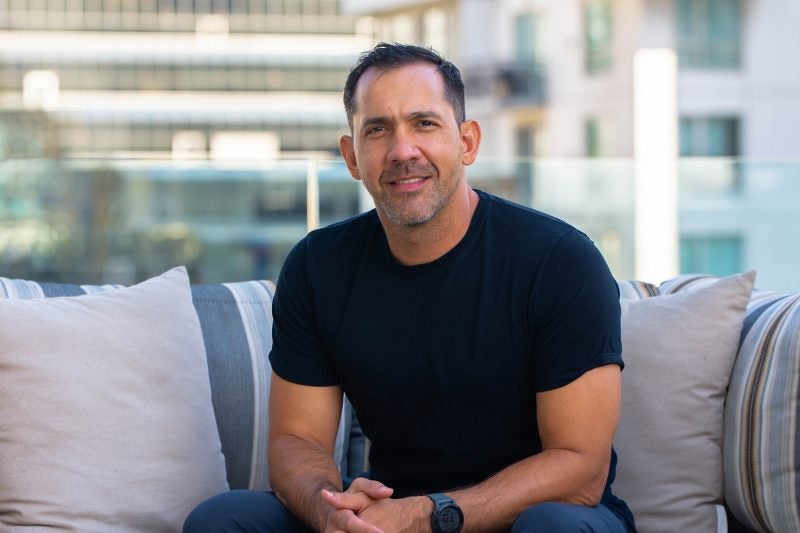
BA: Until I was in my early early thirties, I thought successful people just kind of “got lucky” or “had help”, or even if I did feel they were hardworking, they just knew something I didn’t and had the secret recipe they weren’t exactly sharing. I thought creating success would be easy at first, and I was wrong. However, as I got closer to successful people, I found that they went through the same hardships as everyone else early on— but they just stuck with it longer. At that point, I was just trying everything I could to make ends meet, and because I was more concerned about how I was going to pay my next month’s rent, it made it hard to focus on the bigger picture. I didn’t have a plan. My plan was to not quit until I found a way to get smarter about my plans, and figure out ways to learn from others who’d been in similar situations and had done it before me. But, I had to find them first!
INT: Fast forward a few years after you started finding your way. Did your journey into jiu-jitsu help you in the next phases of your life?
BA: Absolutely. I was 32 when I started practicing, and it changed everything. When I first walked into the gym over 10 years ago, I found out how much I had to learn about what preparation truly is and what discipline really is. It changed my life and how I prepare for everything from that point forward. It forced me to face myself and my truth and my reality. I think it was Kelly Slater, arguably the best surfer ever, who said, “Put your kids in jiu-jitsu before other sports.” Now, I can certainly see why he said that. I played football, volleyball, wrestling, and basketball as a young teenager all the way up to college age, and nothing compares to the life lessons I’ve been able to take away from jiu-jitsu. There really is no comparison.
INT: How did you come to study with all time jiu-jitsu greats like Roger Gracie and Fabio Gurgel?
BA: I had a wild, and probably too crazy, idea to write a book about some of my favorite people in jiu jitsu. It’s certainly hard to mention the sport of jiu-jitsu without names like Roger and Fabio, along with others I’ve been lucky to train with and learn from like Marcelo Garcia, Gordon Ryan, Felipe Pena. I spent over five years interviewing, traveling, and writing these stories about each person and aggregated some neat, never-before-told stories in one book to share with the world. And through that writing process, I forged some strong relationships with people I respect tremendously in the sport of jiu-jitsu. I was even able to get with some other influential people who train in jiu-jitsu to interview for the book like Jocko Willink, Russell Brand, and Aubrey Marcus. So, needless to say, I’m hyper-passionate about what martial arts can do for people, including building new friendships and relationships around the world. I’m very, very lucky.
INT: You’re a part-owner in 4 jiu-jitsu gyms. How did you become involved with the business side of jiu jitsu?
BA: By accident! I felt there were some improvements that could be made at the gym I was training at. My professor had also turned into my best friend, and I wanted to help him. His gym was awesome. But I started to notice he was struggling in ways he really didn’t need to. Although six years ago when I partnered with him I wasn’t as business-savvy as I am today, I did have some simple principles dialed in for other businesses that I felt could translate well to his academy. I remember the day we decided to work together: I dislocated my shoulder and tore my labrum earlier in a class, and later that night we went to get a cheeseburger at our favorite place. During our chomping down on these burgers, we decided then and there that we wanted to be in business together, and the rest is history. Obviously it wasn’t the greatest of circumstances to have that meeting, but I share that story about my shoulder to give an example of how excited I was to possibly work with one of my best friends and also be more involved in a place I loved going to almost everyday, which was the academy he built. After we partnered, we took it from 200 students to 330 pretty quickly, but then, the pandemic hit and we dropped down to 100-ish students! However, from that low point not too long ago, we have grown it to around 600 students by staying focused as a team!
INT: How did you manage to weather that storm?
BA: Covid was a big challenge for us, as it was for many many businesses, considering the standard advice globally was 6ft for “social distancing.” Of course, jiu jitsu requires contact…so, we were in some trouble. But unfortunately—and fortunately—jiu-jitsu academies in general do not have great business principles and fundamentals, which I felt could lead to opportunity. To be CRYSTAL clear, I never want to see any competing gyms have to shut their doors and go out of business, but I knew that there would be some attrition with everything that was going on in the world. And because of that, my focus for our team wasn’t to grow during that time, but rather, SURVIVE. I felt we could grow by default by strengthening our offering during this downtime and being aware that there is a time to grow and a time to sustain. It worked. As the world started opening up and social distancing rules relaxed, we had already sharpened our skills as a business, and some orphaned students who lost their gyms tried us out. We had been preparing to be the best version of our gym we could so that when new prospects come to try out our gym and compare it to others, we wanted to be the place they chose.
INT: How can your jiu-jitsu business competitors learn the lessons that have gotten your gyms through the hard times?
BA: Well, they could start by putting the lessons they learn on the mat into practice with their business! I just took the principles of building a successful business into the martial arts space.
Many people hide the methods behind their success, but I want to do the opposite. I think there was some general consensus that some jiu jitsu masters traditionally hid their best fighting secrets and didn’t want to share, even with their students. Granted, that’s changed for the most part, maybe entirely, but the idea that people in the jiu-jitsu business don’t share what works lives on in my view. And, for me, this is a scarcity mindset rather than an abundance mindset, and it’s something I will be working to change for all gym owners across the globe. Some might say that it is counterintuitive to share our methods with other gyms around the world, but I don’t see it that way. I see it as a way to spread jiu jitsu positively for all. I actually WANT competitor businesses to do well and treat their students with respect and provide a safe, fun, and clean environment. Why would I want that? I want people to have a great overall experience with jiu-jitsu so they can speak positively about it to friends and family. If a student goes home and complains at dinner to his friends or family that jiu-jitsu is not fun and only for “tough” people, it can lead to a bad experience and essentially bad marketing. The sport is on such a growth trajectory—I want every person who takes a class to want to sign up their whole family, regardless of where they train.
INT: How is Alliance Jiu-Jitsu leading the way with its approach?
BA: With Alliance, I was lucky enough to partner with my professor and best friend, Johnny Faria, who has helped all of his instructors level up through osmosis. We also hire instructors from within. Meaning, we seem to train our own on how to be great at teaching. Beyond having great instructors, we have great systems. Alliance has one of the most comprehensive beginner programs that requires students to take over 60 beginner classes before they are allowed to spar, or “roll,” with other students. This in itself has led to us becoming a true family-friendly environment where entire families end up training: mom, dad, and kids all stay and take their classes separately and go home feeling accomplished.
INT: You’ve stated that one of your main goals in your overall life is to influence the spread of jiu-jitsu. Can you expand on that?
BA: I feel the future of jiu-jitsu is extremely bright. Of course, in owning part of four gyms, and owning part of the parent company, Alliance Jiu-Jitsu Association, I feel we have a premium product compared to other academies and affiliations. And as I said, I sincerely want ALL gyms to do well. However, my vision of jiu-jitsu would include the fact that Alliance needs to improve, always. We have some exciting changes coming up, and even better curriculums being built by some of the best jiu-jitsu minds in the world. But, what sets us apart is that Alliance truly really does believe the focus should be on the student. And as we get better at improving the experience of the student within jiu-jitsu, we will inevitably be able to change more lives through mind and body, but more importantly, community. With all of the mental health challenges facing society today, I can see this sport playing a huge role in the healing of society in ways no pill or therapy can do. I say this from experience, as I’ve dealt with personal emotional issues and some major mental health problems, which is probably why I am even more hell-bent on making this sport bigger than imaginable. I know what it can do for people, because I’ve seen what it can do for me.
INT: What are the lessons that you want to spread to the world through increasing the reach of jiu-jitsu?
BA: In today’s world, most people think success looks like a million followers on social media and a Lambo parked in the driveway. Most acknowledged thought leaders will tell you about their successes, rarely their failures. But it’s your failures that give you the most important lessons in life. The times you wanted to give up but didn’t. Now that I’ve been around some of the most successful individuals in jiu-jitsu and beyond, I realize that the people who made it to the top got there because they didn’t give up when their mind really wanted to. They stuck with it longer than they ever thought they could. They’re not lucky; they’re disciplined. They’re hungry. I can relate to that in my own life. The story I want to tell is the story of my failures, how I picked myself up for one more round when I thought it was impossible. These are the lessons you learn on the jiu-jitsu mat, and these are the lessons that we need in order to be successful in life.
INT: Thank you, Bobby.
BA: Thank you.




